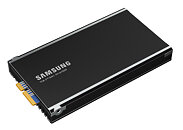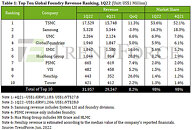Gaming Monitor Market Faces Inaugural Downturn with 2022 Shipments Downgraded to 20.5 Million Units
According to the latest TrendForce research, shipments of gaming monitors are in decline for the first time since the product category was launched to market, with 2022 estimates lowered to 20.5 million units, a 10% drop YoY. The primary reasons for this downgrade are intensifying inflation in Europe and spiking interest rates in North America which have upset and displaced demand for consumer electronics products. In addition, delays in launching high-end graphics cards has also led some e-sports consumers to consider postponing purchases.
According to TrendForce, judging from the market share of flat and curved gaming monitors, curved gaming surfaces accounted for approximately 41% of the market in 2021. In 2022, this share will increase to 44% and is expected to have a chance to reach 46% in 2023. In addition to an increased supply of curved monitor panels and their high price-performance ratio, growth in the market share of Ultra-Wide products is also one of the reasons for the rise of curved products.
According to TrendForce, judging from the market share of flat and curved gaming monitors, curved gaming surfaces accounted for approximately 41% of the market in 2021. In 2022, this share will increase to 44% and is expected to have a chance to reach 46% in 2023. In addition to an increased supply of curved monitor panels and their high price-performance ratio, growth in the market share of Ultra-Wide products is also one of the reasons for the rise of curved products.
























































